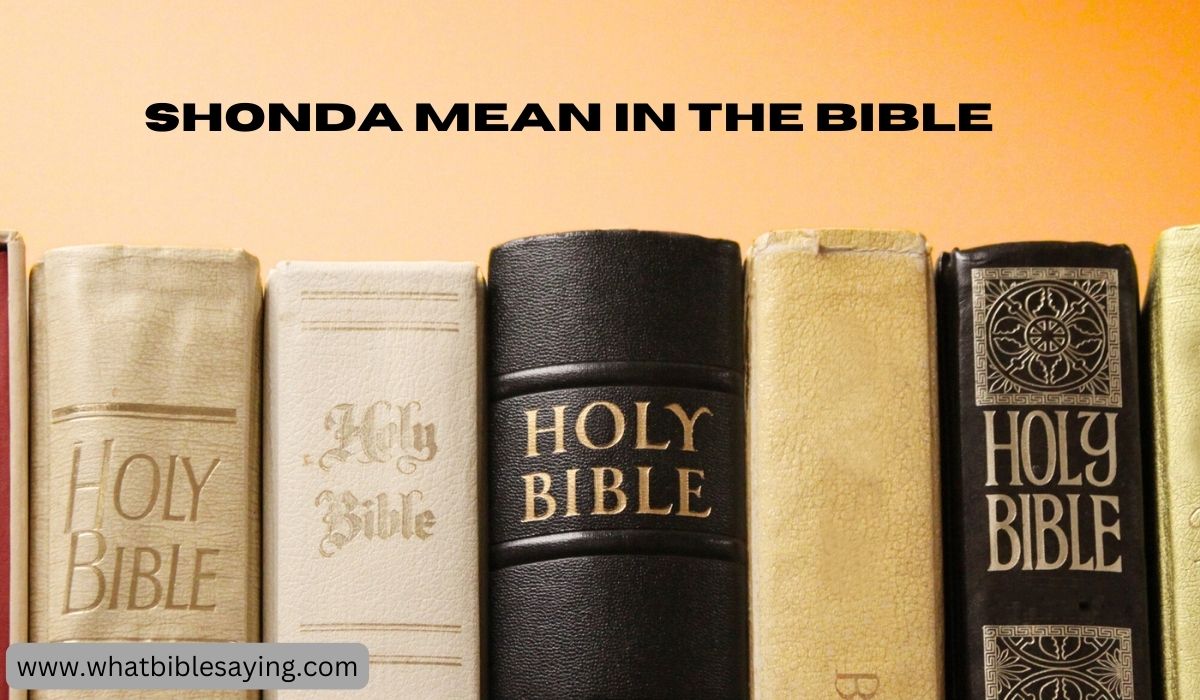 The question of whether Bible paper is fireproof has intrigued many, sparking conversations about the physical and symbolic resilience of sacred texts. This article dives into the properties of Bible paper, the science behind fire-resistant materials, and the significance of these texts surviving under extreme conditions.
The question of whether Bible paper is fireproof has intrigued many, sparking conversations about the physical and symbolic resilience of sacred texts. This article dives into the properties of Bible paper, the science behind fire-resistant materials, and the significance of these texts surviving under extreme conditions.
We’ll explore not only the technical aspects but also the emotional resonance that such phenomena evoke among believers and scholars alike.
What Kind of Paper is Used in Bibles?
Properties of Bible Paper
Bible paper, also known as thin paper or India paper, is renowned for its thinness and strength. Typically made from a mix of cotton and linen, it strikes a balance between durability and the ability to include hundreds of pages in a compact form. This composition provides a slightly higher resistance to fire than standard paper, but it is not wholly fireproof.
Why Bibles Sometimes Survive Fires
- Dense Compression: The tightly bound and compact nature of Bible pages creates a lack of oxygen within the pages, a key component required for fire to burn effectively.
- Material Composition: Cotton and linen fibers char rather than burn, providing a degree of protection against quick combustion.
Is Bible Paper Fireproof?
While Bible paper is not inherently fireproof, its unique properties can sometimes protect it in low-heat or brief fire exposure situations. Here’s why:
- Physical Properties: The density and tight binding of Bible pages can slow down the burning process.
- Chemical Treatments: Some manufacturers might treat Bible paper with fire-retardant chemicals to enhance durability and resistance to elements, including fire.
What Paper is Fireproof?
Understanding Fireproof Materials
True fireproof papers are treated with chemicals that prevent combustion. These papers are used in environments where fire risk is a significant concern, such as in important document storage or fire safety plans.
- Examples of Fireproof Papers: Asbestos paper (historically), glass fiber-infused papers, and papers treated with fire-retardant chemicals.
Why Do Bibles Not Burn in a Fire?
This question often circles around anecdotal reports of Bibles surviving fires relatively unscathed. While not all Bibles are fireproof, several factors contribute to their occasional survival:
- Emotional Interpretations: For many, a Bible surviving a fire can symbolize divine intervention or the enduring power of faith.
- Scientific Explanations: As discussed, the physical and chemical properties of Bible paper can contribute to its survival under specific conditions.
Exploring the Myth: “The Bible Didn’t Burn in Fire”
Investigating Claims
Several documented cases exist where Bibles have been reported to survive fires, leading to a mix of scientific curiosity and spiritual wonderment. Investigating these claims often reveals a combination of the factors mentioned above, from material properties to the conditions of the fire exposure.
Conclusion
While the paper used in Bibles is not fireproof by conventional standards, its composition and the compact nature of its binding offer a degree of resistance to fire under certain circumstances. This exploration not only sheds light on the physical aspects of Bible paper but also touches on the profound impact such survival stories have on the faith and beliefs of individuals.
In understanding these elements, we gain deeper insight into both the material and the spiritual realms of religious texts.









